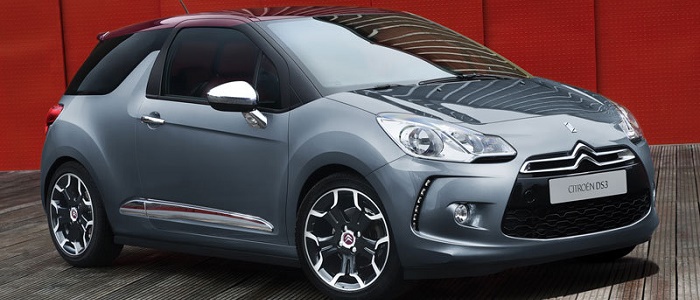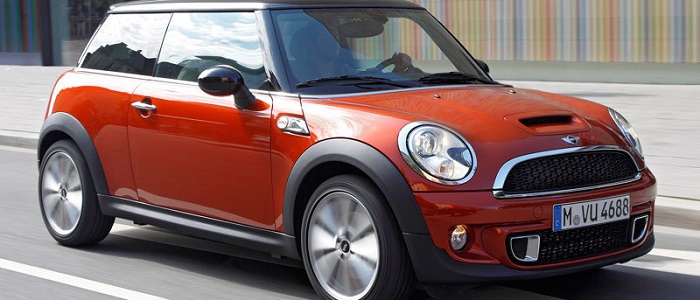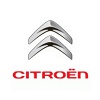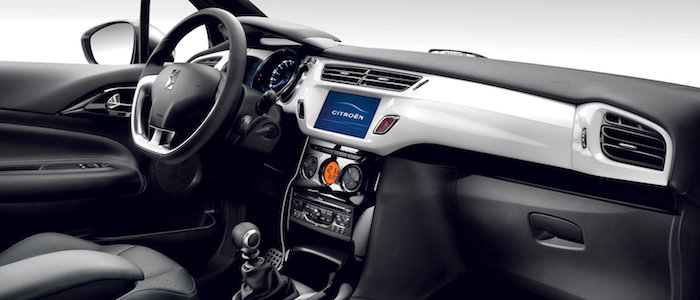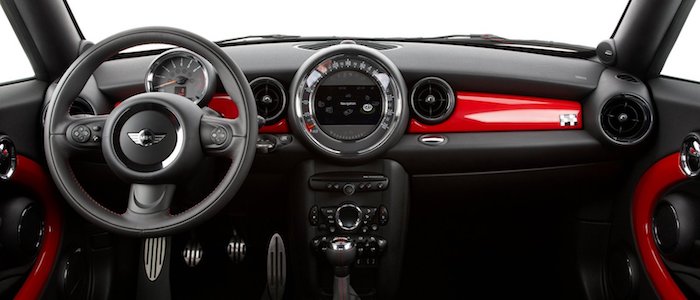Compare two cars
Compare any two cars and get our Virtual Adviser™ opinion
Dimensons & Outlines
Check vehicle history
Engine
Performance (manual gearbox)
Performance (automatic gearbox)
Expenses
Virtual Adviser's™ opinion
We are here considering two somewhat similar cars, but we can't deny some of the obvious differences. For a start, they are not even classified under the same segment, with the Citroen being a city car and the Mini representing micro car vehicle class. Both the engines are Peugeot-engineered . The first one has a 4-cylinder, 8-valves 70hp unit, while the other one gets its power and torque from a 4-cylinder, 16-valves 90hp one.
SafetyA starting point here would be to take a look at the results from European New Car Assessment Programme (Euro NCAP) tests which were performed on both of the cars, with the same number of safety stars gained in the process. Still, apart from the official crash test results there are other things we need to be aware of. The first vehicle is a city car and that gives it a marginal advantage over the micro car competitor, at least that's what statistics show. On the other hand, if we'd like to consider vehicle mass in this context too, which we definitely should, the British car offers a marginal difference of 1% more metal.
ReliabilityReliability is not the best thing to consider on the make level, but it is worth mentioning that both brands display similar results in faults and breakdowns, when all the models are taken into account. These are the official statistics, while our visitors describe reliability of Citroen with an average rating of 4.0, and models under the Mini badge with 4.1 out of 5. The same official information place DS3 as average reliability-wise, and Mini is more or less at the same level.Above it all, drivers of cars with the same engine as the French car rank it on average as 4.3 out of 5, exactly the same as the other one.
Performance & Fuel economyMini is way more agile, reaching 100km/h in 4.8 seconds less than its competitor. In addition to that it accelerates all the way to 184 kilometers per hour, 19km/h more than the other car. When it comes to fuel economy things look pretty much the same for both cars, averaging around 3.6 liters of fuel per 100 kilometers (78 mpg), in combined cycle.
Verdict
Mini appears just a bit more reliable, although the difference is truly marginal. The most important thing when deciding between any two vehicles should always be safety, both passive and active. In this case though, it seems that both cars show similar levels of passenger protection all together, so that won't break a tie. But one thing that actually could is the performance, with Mini outracing its opponent in any situation possible, making it better choice for boy racers. It does come at a cost though, and that's the fuel consumption... I believe that, when we take all into account, we have only one winner here - the Mini. In any case that's my personal view, built upon all the data available to me. What should decide here though is the way you feel about the two vehicles, and I hope you'll find my guidelines useful in the process. In case you have two minutes to spare I invite you to define your needs, desires and budget and see which car would be chosen by the virtual adviser™, out of 12.000+ vehicles we currently have in our database.






















